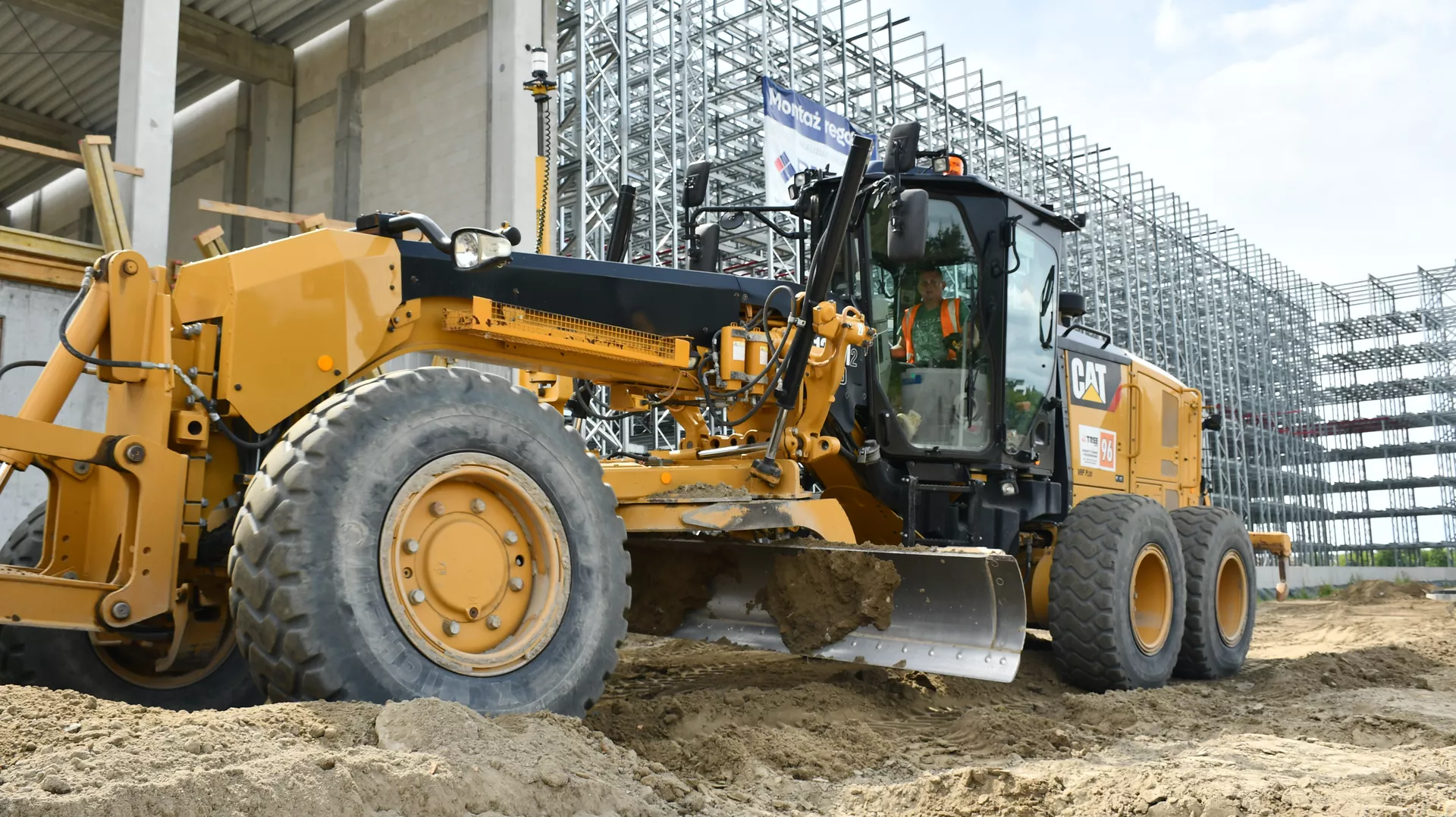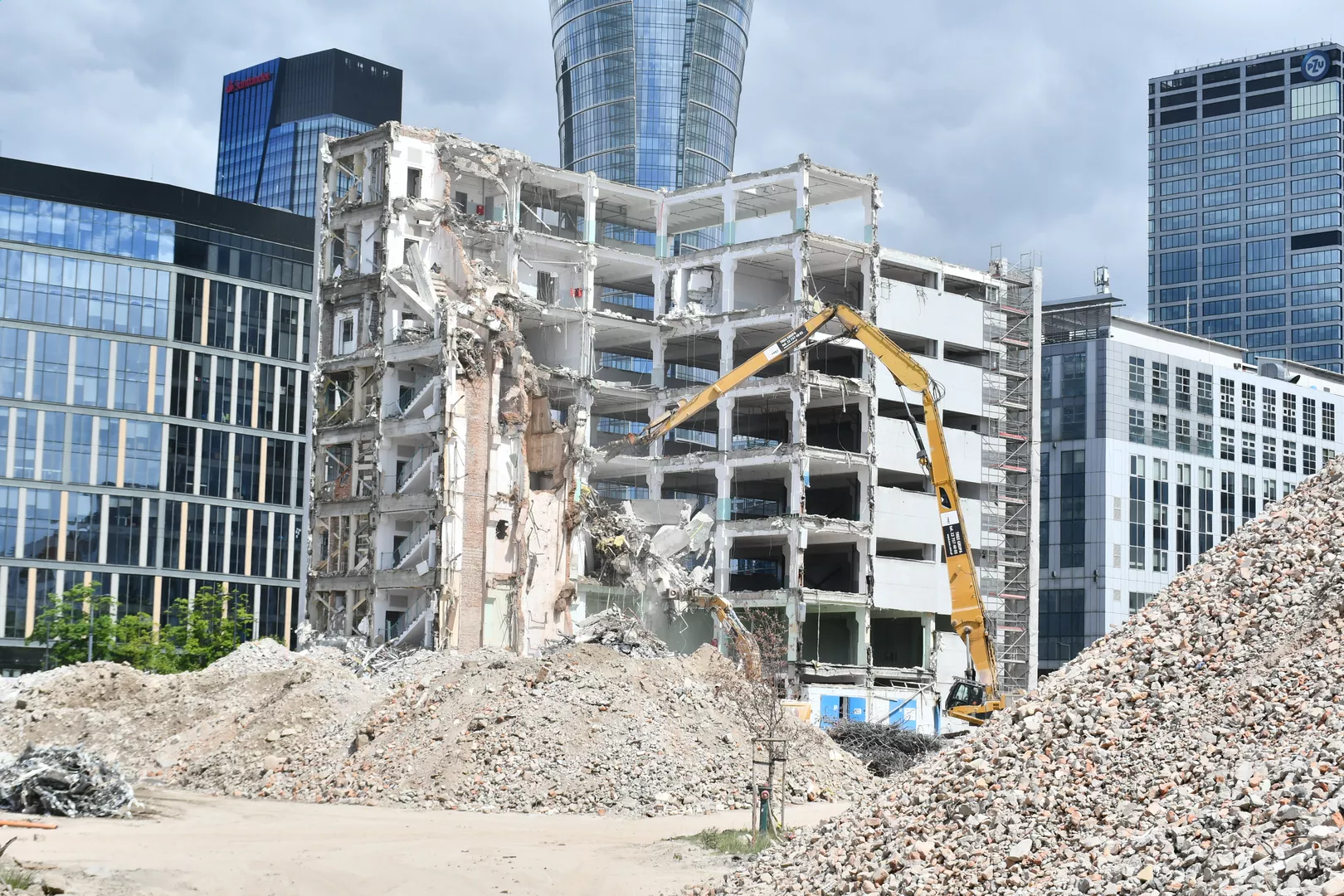
Scheduling Demolition Works with Environmental Factors Consideration
Guide to optimal scheduling of demolition works considering environmental impact, legal regulations and minimizing inconvenience to the surrounding area.
Scheduling Demolition Works with Environmental Factors Consideration
Introduction
Proper scheduling of demolition works is a key element of every project's success. In 2025, particular emphasis is placed on minimizing environmental impact and optimizing processes considering the latest legal regulations and technologies.
1. Environmental Conditions Analysis
Site and Surroundings Assessment
- Neighboring buildings characterization - special attention to heritage structures and vibration-sensitive objects
- Protected areas identification - national parks, reserves, Natura 2000 areas
- Infrastructure analysis - underground networks, power lines, water supplies
- Geological assessment - ground stability, groundwater occurrence
Environmental Monitoring
- Noise - according to the Ministry of Environment Regulation from 2024
- Vibrations - PN-B-02170:2024 standards for residential buildings
- Dust - real-time PM10 and PM2.5 monitoring
- Air quality - control of harmful compounds emissions
2. Time Planning with Regulatory Compliance
Permissible Working Hours
- Weekdays: 6:00-22:00 (according to environmental protection law)
- Saturdays: 8:00-20:00
- Sundays and holidays: prohibition of noisy works
- Spa zones: 7:00-18:00 on weekdays
Restriction Calendar
- Bird nesting period (March-July) - restrictions in green areas
- Migration periods - additional ornithological controls
- Meteorological conditions - work exclusion during strong winds (>8 m/s)
3. Schedule Optimization
Phased Approach
Preparatory Phase (2-4 weeks)
- Site securing
- Hazardous elements dismantling
- Temporary infrastructure preparation
Main Demolition Phase (4-12 weeks)
- Work during least inconvenient hours
- Application of noise-minimizing methods
- Continuous environmental parameters monitoring
Remediation Phase (2-6 weeks)
- Contamination neutralization
- Site preparation for new development
Daily Schedule
- 6:00-8:00 - preparatory works (non-noisy)
- 8:00-16:00 - main demolition works
- 16:00-18:00 - cleaning, waste transport
- 18:00-22:00 - only emergency and securing works
4. Minimizing Impact on Surroundings
Noise Control
- Acoustic barriers application - 10-15 dB reduction
- Quieter technologies selection - hydraulic shears instead of pneumatic hammers
- Equipment rotation - avoiding concentration of noise sources
Dust Limitation
- Water spraying - minimum 3 times daily in dry weather
- Dust shields - nets with minimum 90% density
- Vehicle wheel cleaning - washers at site exits
Waste Management
- On-site segregation - minimum 5 fractions according to waste law
- Transport during low traffic hours - preferred 10:00-14:00
- Route optimization - avoiding residential areas
5. Community Communication
Resident Information
- Announcements - minimum 14 days before work commencement
- Website - real-time schedule updates
- Contact point - 7 days a week service
Public Consultations
- Information meetings - before each phase commencement
- Complaint procedure - maximum 7 working days processing time
- Reporting - monthly environmental monitoring reports
6. Planning Support Technologies
IT Systems
- BIM 6D - modeling with sustainability consideration
- IoT systems - real-time monitoring
- Artificial intelligence - predictive weather analysis
Drones and Robotics
- Preliminary inspections - 3D site mapping
- Progress monitoring - weekly measurements
- Safety control - automatic hazard detection
7. Risk Management
Emergency Action Plan
- Procedures for standard exceedance - automatic work suspension
- Service contact - 24/7 emergency number
- Insurance - environmental damage coverage
Continuous Monitoring
- Automatic measurements - every 15 minutes during works
- Equipment reviews - daily before work commencement
- Independent controls - minimum once weekly
Summary
Effective demolition work scheduling requires a balanced approach combining operational efficiency with environmental responsibility. The key to success is detailed planning, continuous monitoring, and transparent communication with the surroundings.
Compliance with the latest environmental and social standards not only minimizes legal risk but also builds a positive company image as a responsible partner in urban transformation.
Bibliography
- Environmental Protection Law Act of April 27, 2001 (Journal of Laws 2024, item 2287)
- Regulation of the Minister of Environment of October 15, 2024 on requirements for measuring levels of substances or energy in the environment
- PN-B-02170:2024 - Assessment of harmfulness of vibrations transmitted through the ground to buildings
- European Parliament Directive 2018/844 on the energy performance of buildings (amended 2024)
- "Sustainable Demolition Practices" - European Demolition Association, 2025
- ISO 14001:2024 - Environmental management systems
- WHO Guidelines for Community Noise in European Context, 2024 update
- "Best Practices in Urban Demolition Planning" - Journal of Construction Engineering, Vol. 45, 2025
- UNEP Report "Global Status Report for Buildings and Construction", 2025
- PN-EN 16757:2024 - Sustainability of construction works
Tags
Share this guide
About the author
mgr inż. Anna Kowalska
Project Planning Department Manager at Tree Group
Category
Project Planning
Reading time
12 minutes
Publication date
May 26, 2025
Similar guides

Effective Planning of Construction and Demolition Projects - Comprehensive Guide
A comprehensive guide to methodologies and best practices for planning construction and demolition projects. Learn how t...

How to Develop a Comprehensive Building Demolition Plan Using BIM Technology 2025
Discover revolutionary approach to demolition planning using BIM technology. Guide shows how Building Information Modeli...